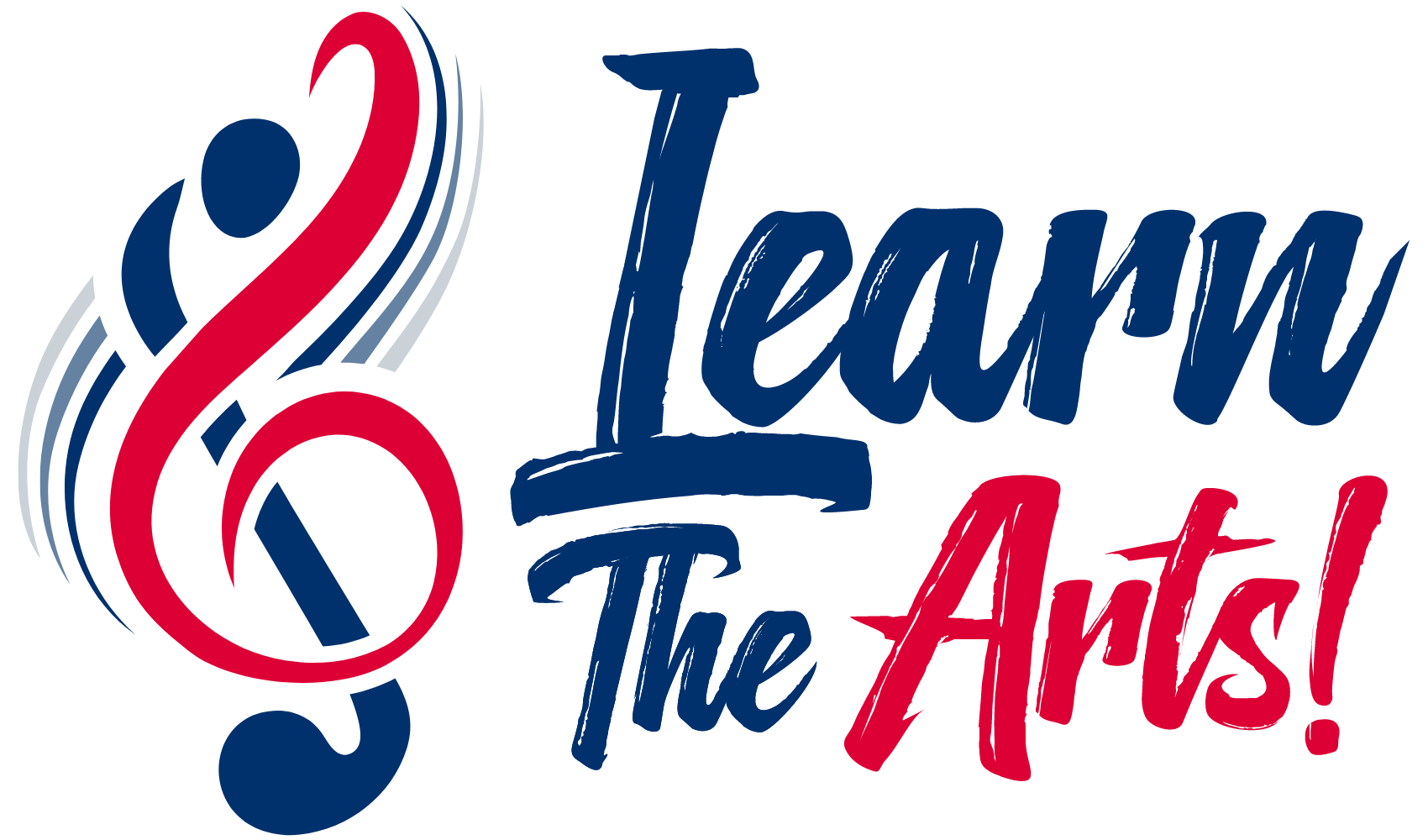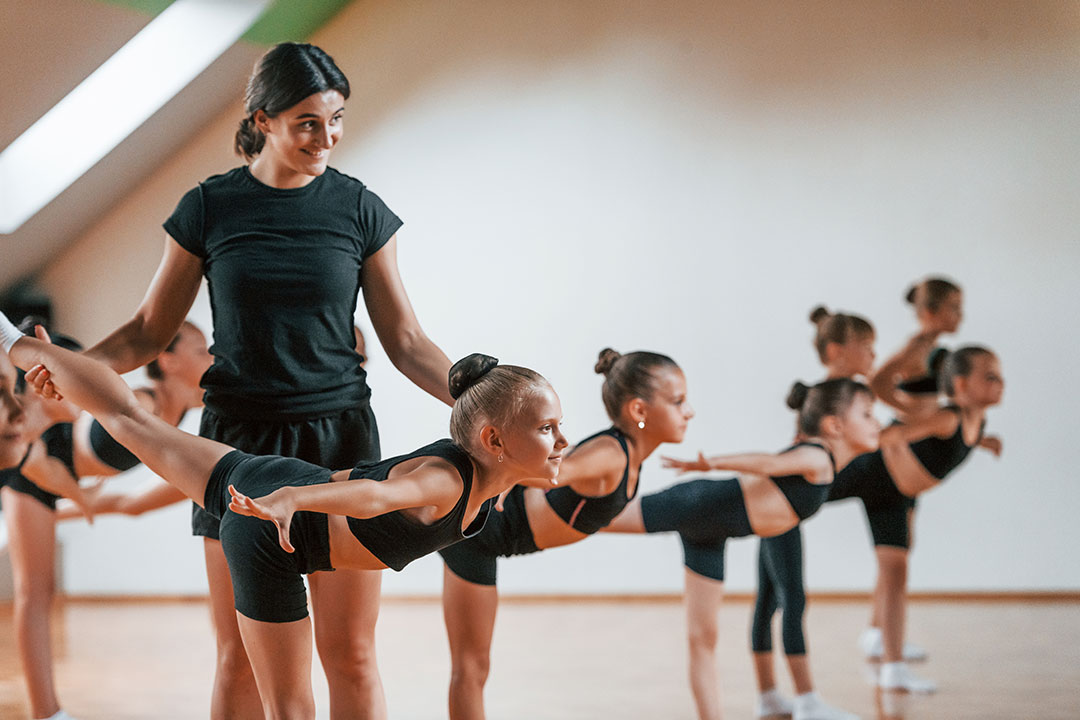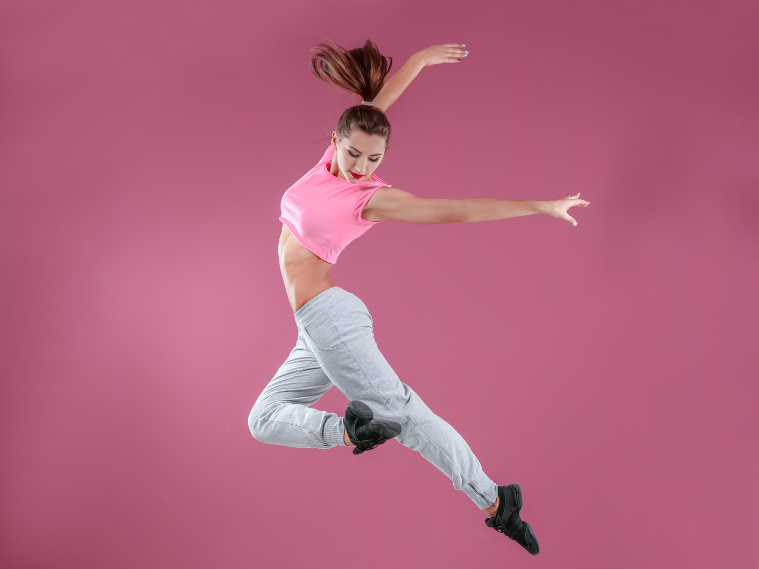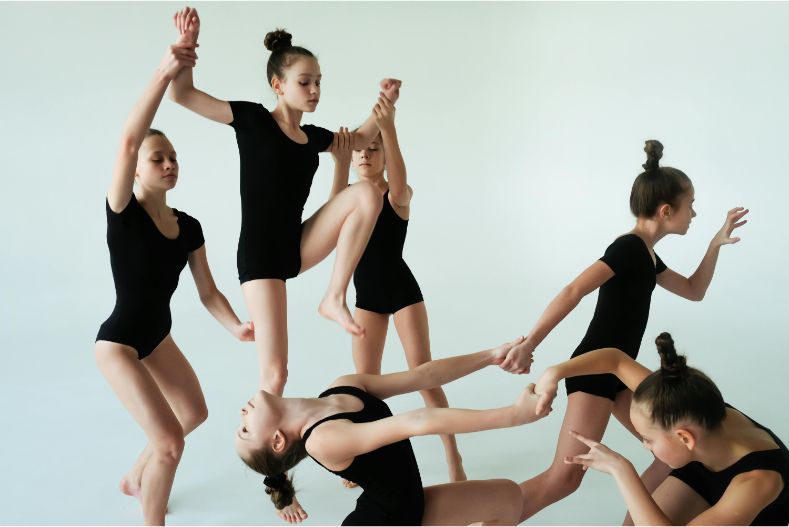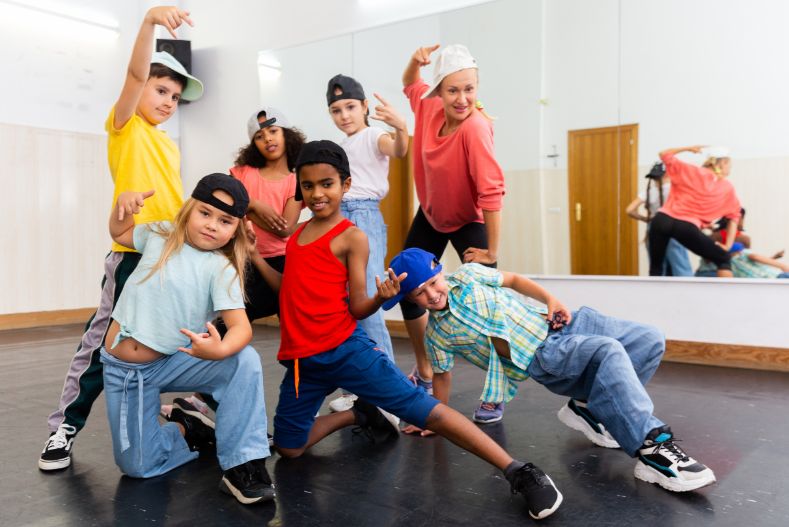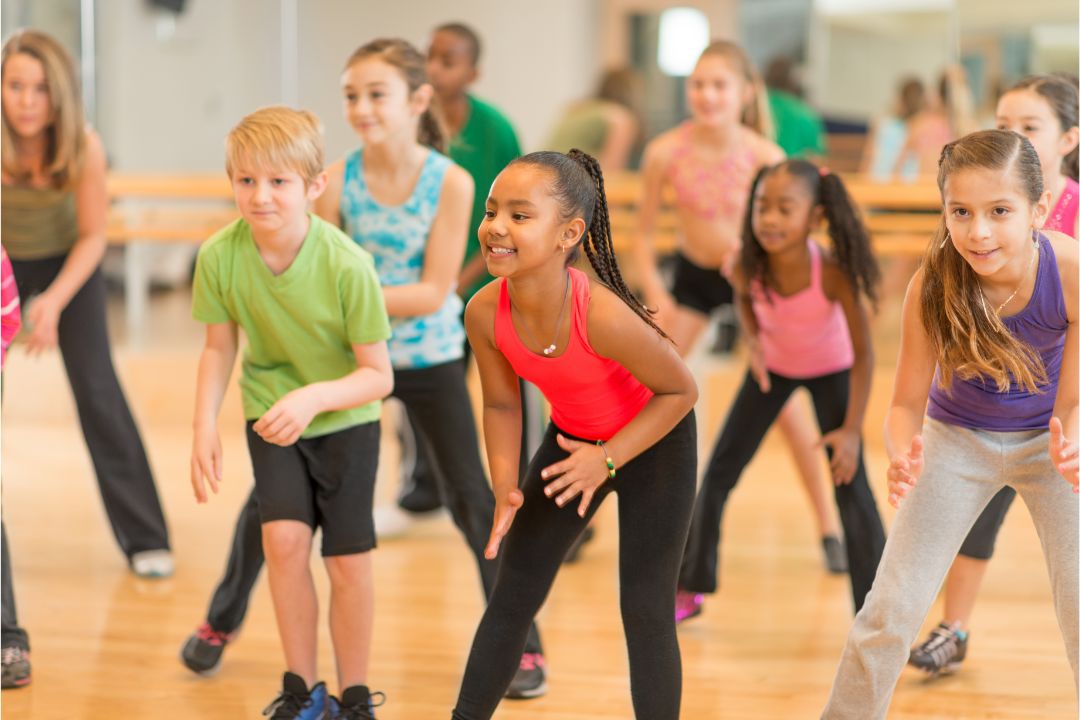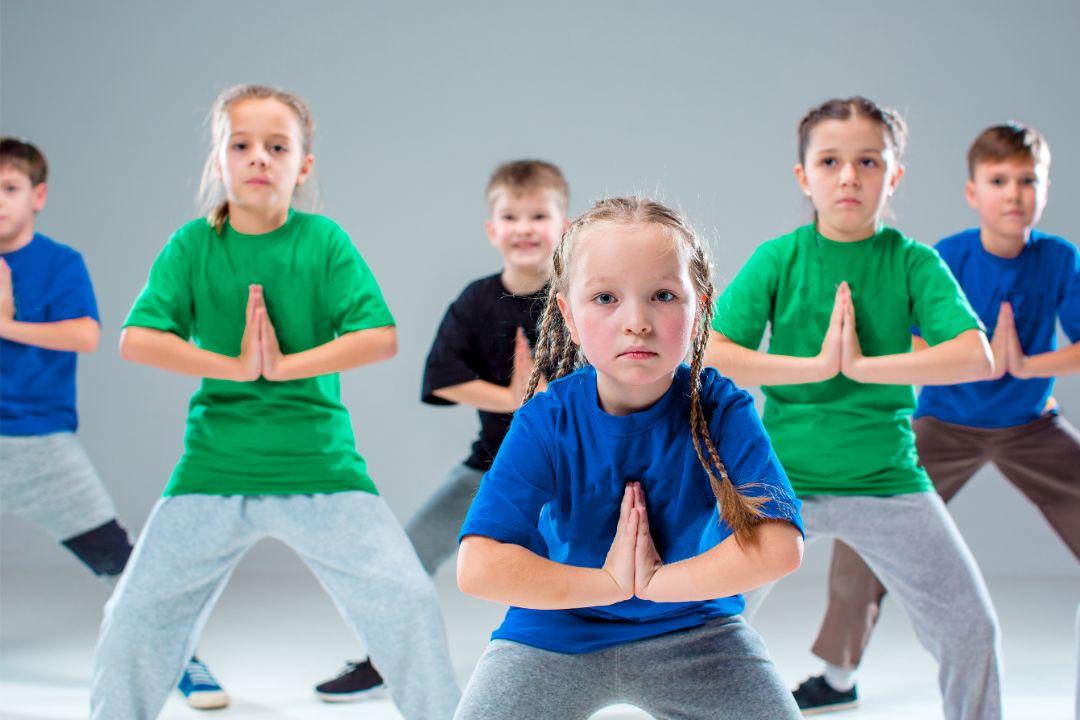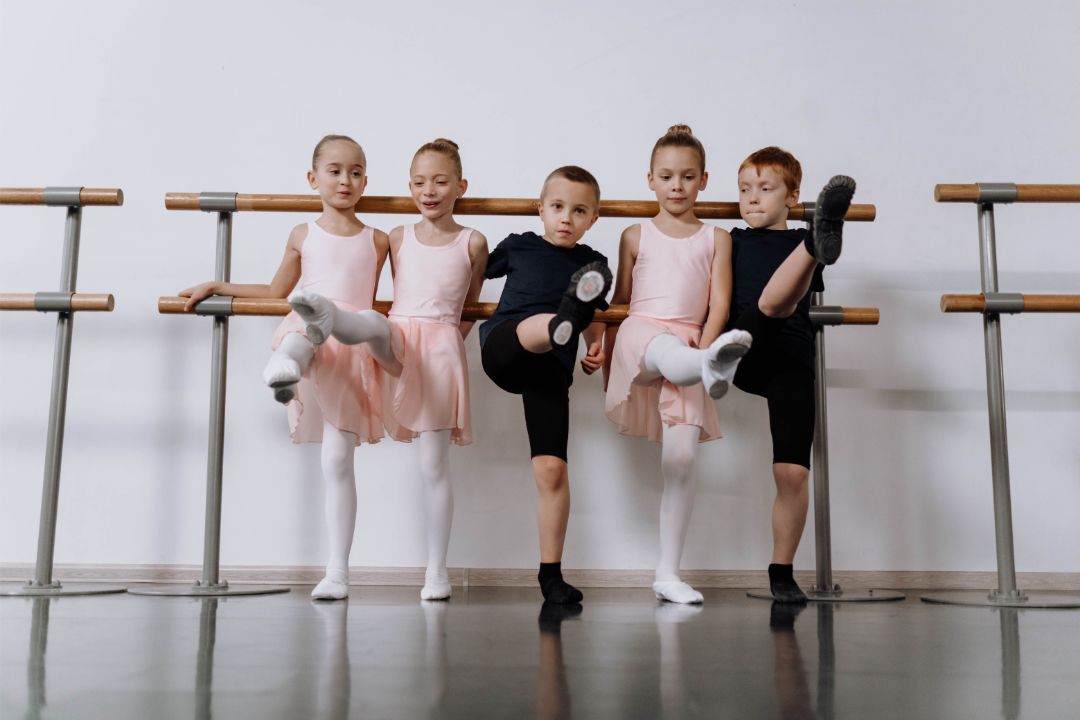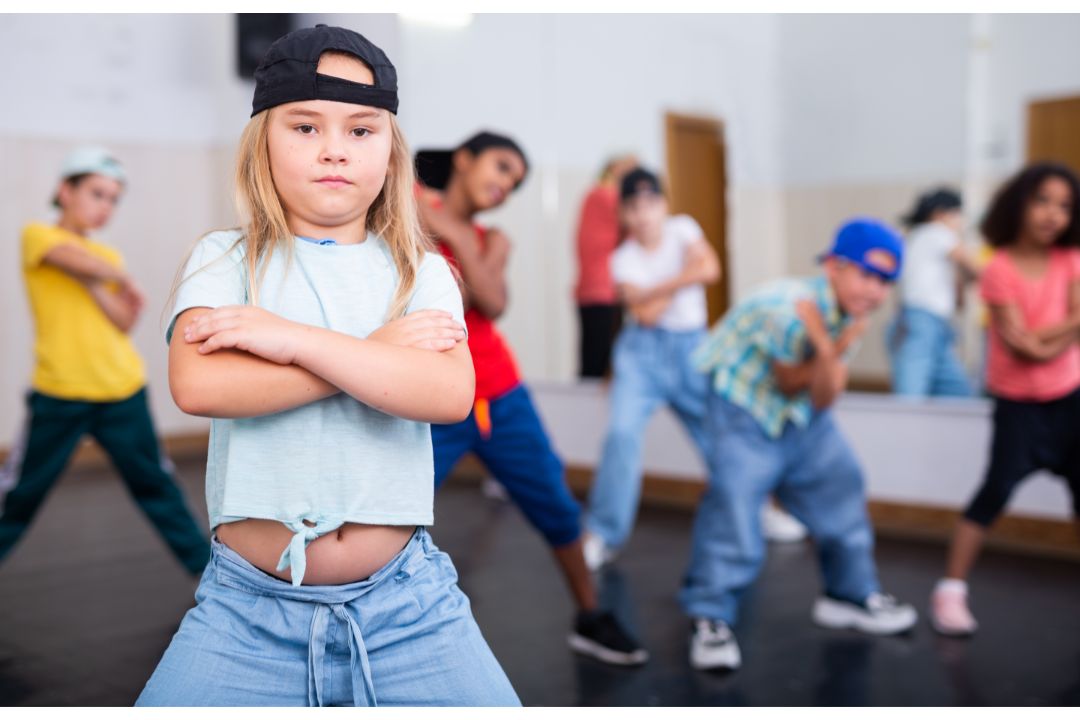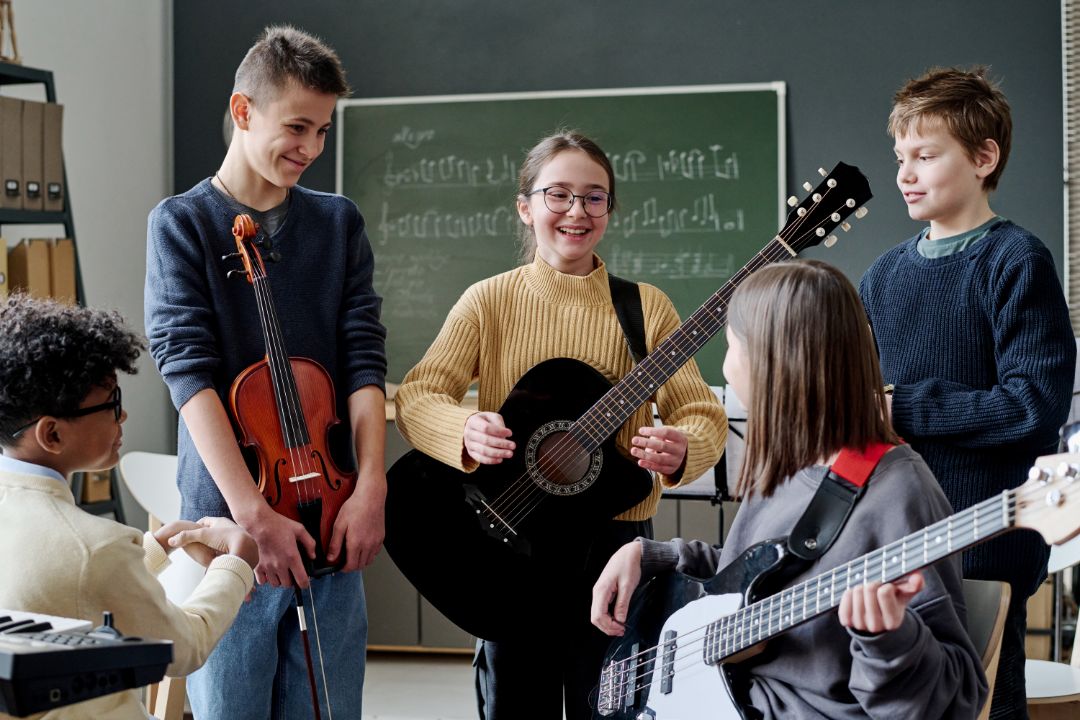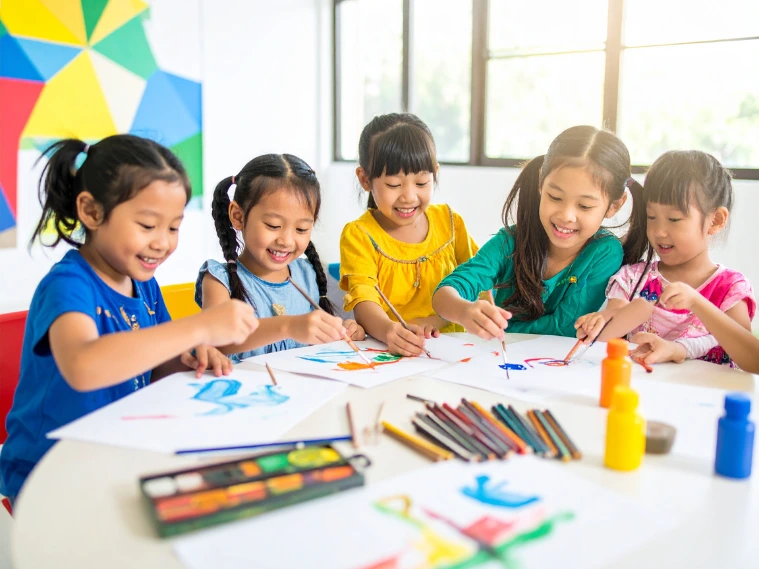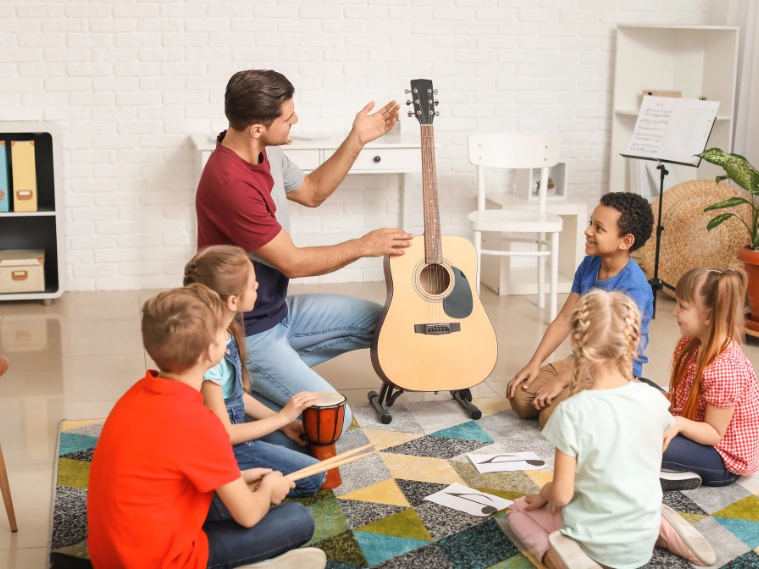Dance schools are more than places to learn steps; they are vibrant spaces where confidence soars and creativity flourishes. Whether you’re a parent enrolling your child or an adult rediscovering the joy of movement, dance can transform your life in ways you never imagined. Dance schools serve as launchpads for personal growth, where skills learned in the studio translate into everyday life. Through nurturing environments, engaging lessons, and inspiring performances, these institutions empower students to express themselves fully.
Below, we’ll explore six impactful ways dance schools boost confidence and spark creativity.
Introduction
The world of dance offers an exciting stage for self-discovery, skill-building, and personal transformation. When you step into dance classes, you’re not just learning movements; you’re embarking on a journey that shapes your perspective, sharpens your skills, and enhances your connection with others.
Dance schools go beyond instruction by creating environments that promote emotional expression, teamwork, and artistic exploration. These institutions inspire confidence and creativity, qualities that students carry into other facets of their lives. Whether mastering the rhythm of salsa, the elegance of ballroom, or the contemporary flows of modern dance, students find empowerment in the process.
Here are six ways dance schools pave the way for newfound confidence and limitless creativity.
1. Encouraging Personal Expression in a Safe Environment
Dance classes often provide a unique outlet for self-expression. Within the walls of a dance school, students can leave insecurities behind and find a supportive space where they feel free to be themselves. This safe environment is especially meaningful for individuals who struggle with self-confidence or have difficulty sharing their emotions. Dance becomes a non-verbal language where feelings take shape through movement.
Teachers play a crucial role in nurturing this culture of openness. They guide students to interpret music and emotions through their steps, encouraging personal interpretation over strict replication. A student might bring their own experiences and individuality to a jazz routine, creating something uniquely theirs. By letting go of fear and doubt, students gradually build confidence and discover the joy of creative freedom.
Programs often cultivate this sense of expression by combining dance with storytelling and musicality. While working on routines, dancers connect with the rhythm, tone, or theme of the music. Beyond the studio, this ability to communicate creatively becomes a powerful form of self-assurance. Students may find they can confidently face challenges, express opinions, or even explore other artistic pursuits because of the freedom they’ve discovered in dance.
Ultimately, dance schools teach students that expressing themselves is not just acceptable but celebrated. It’s a lesson that fosters both recognition of their individuality and pride in their abilities.
2. Instilling Confidence Through Performance Opportunities
Few experiences in life mimic the thrill of performing on stage. Dance lessons prepare students for this profound accomplishment, using recitals and competitions to build their courage and resilience. For many, the first time performing in front of an audience is a nerve-wracking experience; however, it often becomes a turning point that leaves them feeling confident and empowered.
From the moment students set foot on stage, they’re taking a risk—but one supported by preparation, practice, and encouragement. Teachers often highlight the idea that mistakes are part of the process, creating an atmosphere in which taking chances feels safe. This resilience transfers to other areas of life, helping students face challenges with determination and ease.
The creativity that flourishes through a performance also plays an integral role. From costumes and storytelling to interpreting unique choreography, dancers are encouraged to infuse their routines with personality and flair. This creative process fosters a deeper understanding of the art while simultaneously strengthening their ability to think imaginatively.
By the end of a season, even the shyest beginner can transform into someone who carries greater faith in their abilities. After conquering stage fright and earning applause, they learn not only how to own the stage but also how to thrive in the spotlight of life.
3. Fostering Teamwork Through Group Choreography
Group routines are a central element of many dance lessons, and they teach valuable life skills like collaboration, communication, and problem-solving. The process of working together on a routine mirrors teamwork scenarios in other environments, whether it’s a classroom, workplace, or social group. Dance schools use choreography as a tool for students to understand the importance of cooperation and mutual respect.
Every participant in a routine has a role to play, and success depends on each dancer fulfilling their part while synchronizing movements with others. This understanding forges bonds among students, creating a sense of belonging and camaraderie. Even students who might describe themselves as introverted often find themselves opening up in this supportive group dynamic.
Additionally, teamwork in dance schools isn’t confined to choreography alone. Students often have opportunities to lead warm-ups, mentor peers, or provide constructive feedback during practices. These experiences nurture leadership skills and a stronger sense of accountability, boosting both confidence and trust in their abilities to collaborate.
By working together, students learn to value the strengths of their teammates while contributing their unique talents to the group’s success. It’s an empowering lesson that stays with them far beyond the studio, leaving a lasting impact on how they engage with others in every sphere of life.
4. Teaching Discipline and Goal Setting
The structure of dance classes promotes discipline and goal-setting, skills that are invaluable for long-term success. Whether students are aiming to improve their technique, memorize sequences, or prepare for a performance, the road requires dedication. Dance schools nurture this sense of commitment, showing students the value of persistence and hard work over time.
Setting short-term and long-term goals is a natural part of the learning process. A beginner might aim to perfect a series of simple steps in one class, while a more advanced student may work on perfecting a pirouette or mastering a performance routine over several months. The steady progress motivates students to keep pushing, and small victories reinforce their confidence in conquering bigger challenges.
Additionally, dance demands focus. Students must remain present during practice, adapting to corrections and absorbing new material. Over time, this level of concentration becomes a skill they can apply outside of the studio. Whether tackling academic projects, work deadlines, or personal goals, the discipline developed in dance lessons sets them up for success.
By celebrating their own progress and recognizing the effort it takes to achieve success, students leave dance schools with both confidence in their abilities and a solid work ethic to back it up.
5. Nurturing Creativity Through Choreography and Improvisation
Creativity is at the heart of dance, and schools encourage students to think imaginatively throughout their lessons. From shaping choreography to improvising movements, students are often invited to put their personal stamp on routines. This type of free exploration helps them discover their creative voice.
Improvisation exercises, for example, push students to interpret music on the spot, relying on instinct and emotion to guide their movements. These moments highlight the absence of “right” or “wrong,” encouraging students to trust their unique vision. This ability to think on their feet can carry over to other areas of life, inspiring them to approach problems with fresh perspectives and innovative solutions.
On a broader level, many schools incorporate music exploration into their lessons, asking students to analyze rhythm and melody or experiment with new styles. This connection between music and movement encourages an appreciation for diverse art forms while strengthening their creative abilities.
When students realize there’s no limit to what they can create, their confidence in their imagination grows exponentially. They learn to view the world with curiosity and wonder, an empowering mindset that enriches every corner of their lives.
6. Encouraging Exploration and a Love of Art
Dance schools don’t just teach routines; they instill a lifelong love of art and self-expression. Through exposure to different dance styles, music genres, and the wider performing arts community, students develop a deeper appreciation for creativity in all its forms.
This often sparks curiosity beyond just dancing. A ballet student might explore contemporary techniques, while a hip-hop enthusiast could take an interest in breakdancing or even choreography. Many also venture into complementary pursuits like musical theater or artistic activities like painting and photography.
This exploration extends beyond the studio, enriching personal growth and expanding horizons. Students carry this love for creation into other aspects of their lives, becoming advocates for innovation and empathy wherever they go. This lasting impact makes dance more than just a hobby; it becomes a way to celebrate and explore life itself.
By inspiring students to create, connect, and appreciate the arts, dance schools equip them with tools that resonate throughout their personal and professional journeys.
Dance as a Gateway to Self-Growth
Dance schools offer more than physical fitness and entertainment; they open paths to self-discovery and lifelong empowerment. Through safe environments, moments on stage, teamwork, discipline, creativity, and exploration, these institutions help students build confidence and elevate their ability to think imaginatively. Each step taken in dance lessons becomes a step forward in life, unlocking potential unseen before.
Whether you’re just stepping into dance classes or reigniting your passion for movement, there’s no better time to LearnTheArt of confidence and creativity. The lessons you gain extend far beyond the studio, making every move you make an expression of growth and joy.
